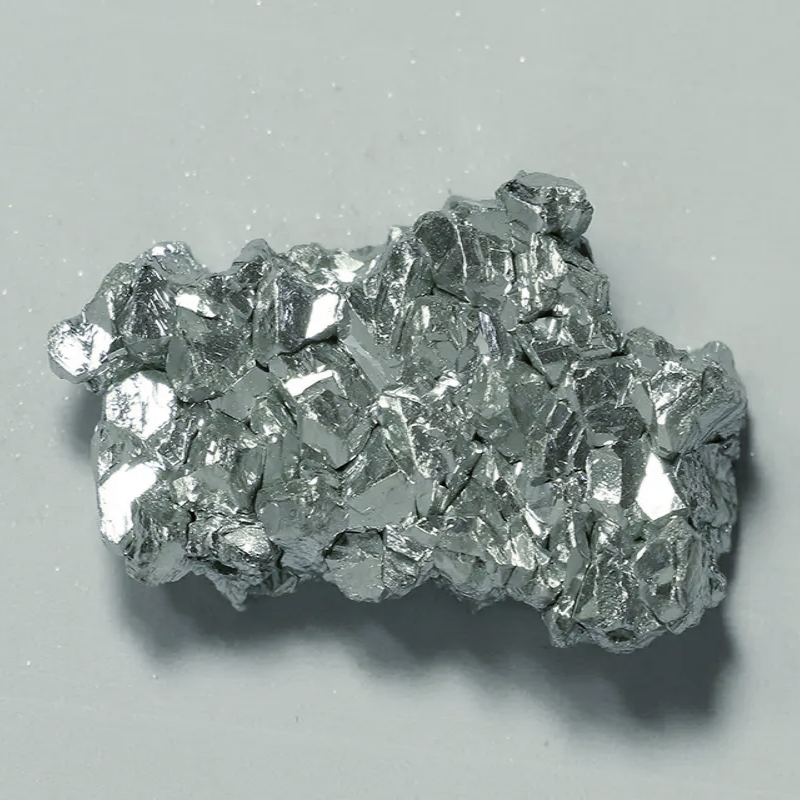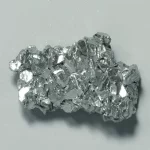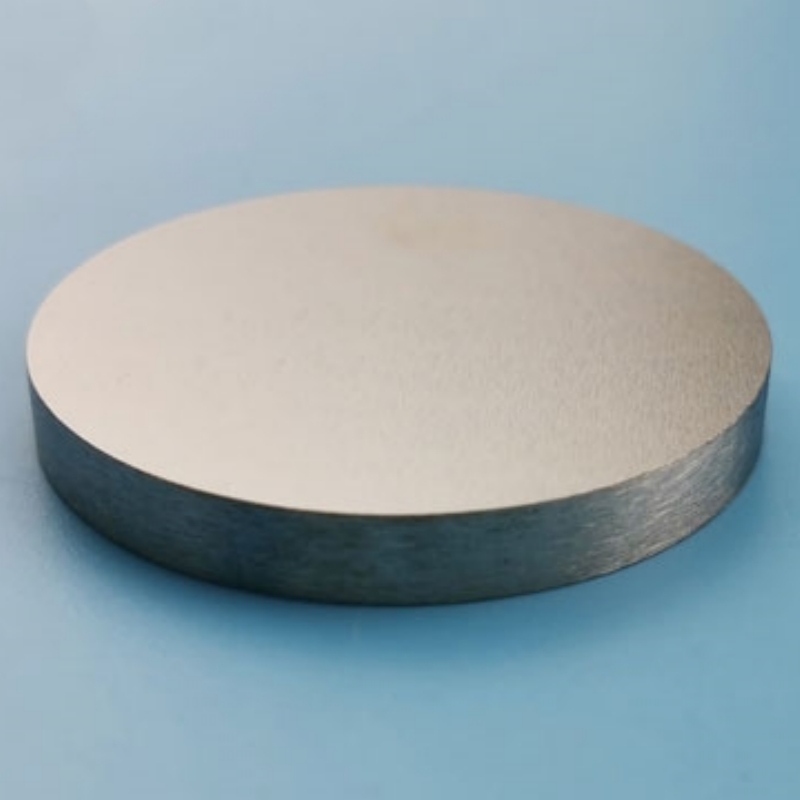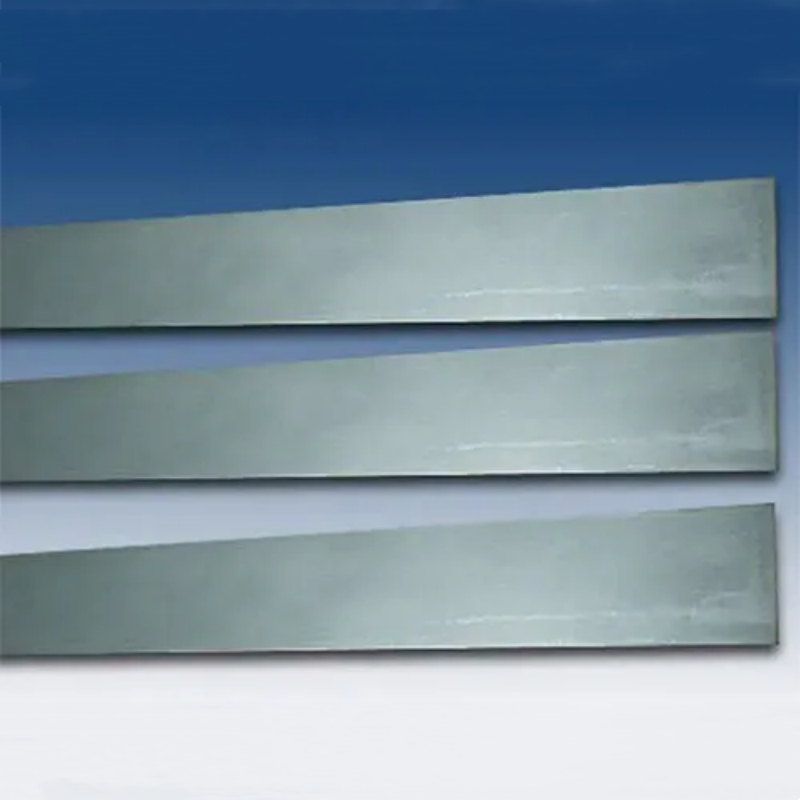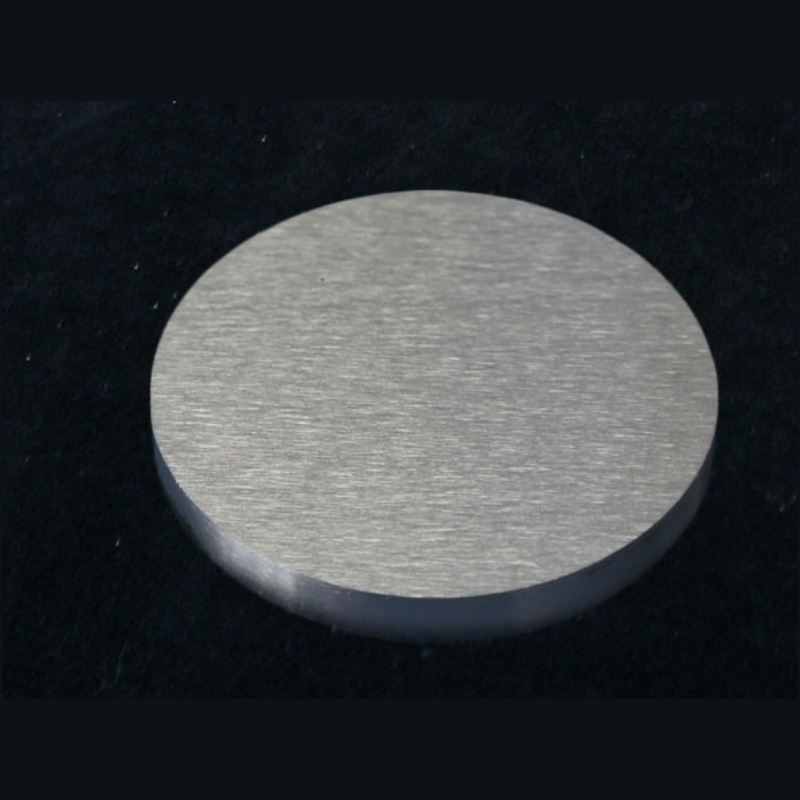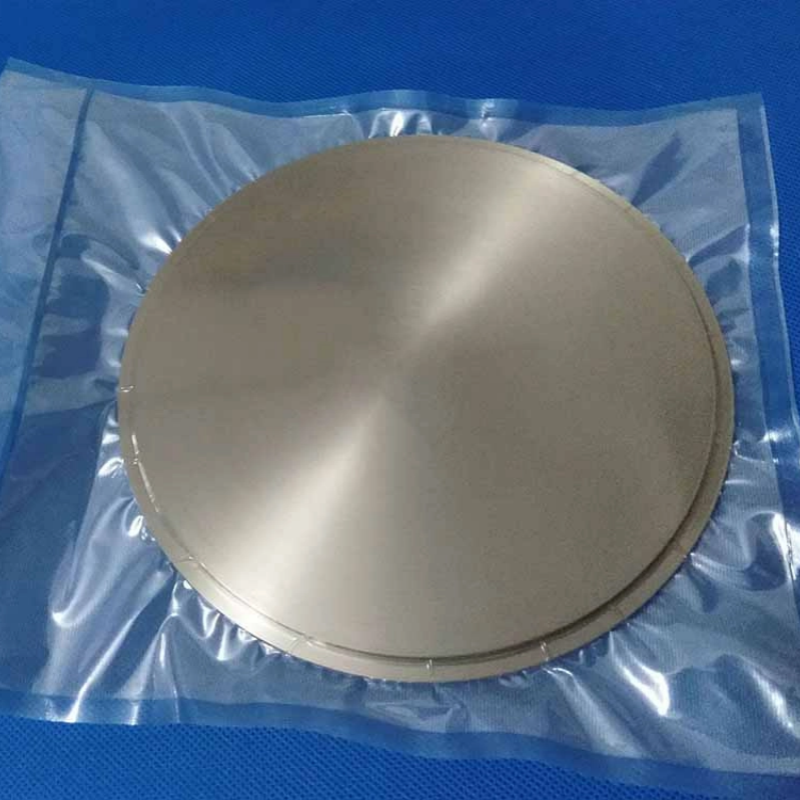Antimony selenide (Sb₂Se₃) lump is a high-purity semiconductor material recognized for its excellent optoelectronic properties, thermoelectric efficiency, and infrared absorption capabilities. It is widely utilized in photovoltaic cells, infrared detectors, and advanced material research. Due to its superior characteristics, antimony selenide plays a crucial role in precision electronics, sustainable energy applications, and specialized engineering solutions.
Product Description
Antimony Selenide (Sb₂Se₃) is a gray lump with excellent semiconductor properties. It has a molecular weight of 480.4, a density of 5.843g/cm³, and a melting point of 611°C. Its crystal structure belongs to the orthorhombic system, with antimony in the +3 oxidation state and selenium in the -2 state, exhibiting significant covalent bonding. Antimony Selenide can be synthesized through the direct reaction of metallic antimony with selenium. This material occurs naturally as the sulfide mineral stibnite, and it is widely used in semiconductor and related materials research.
Product Features
- High purity (4N) ensures stable electrical and thermal properties.
- Lump form, ideal for research and industrial applications.
- Good chemical stability, suitable for use in humid and acidic environments.
- Custom sizes and specifications available upon request.
Applications
- Semiconductor Materials: Antimony Selenide, as a semiconductor material, is widely used in electronic devices and sensors.
- Optoelectronic Devices: It has significant applications in optoelectronic conversion and infrared detectors.
- Chemical Research: As an inorganic compound, Antimony Selenide holds significant value in materials science and chemical research.
- High-Performance Materials: In high-performance electronic and optoelectronic applications, Antimony Selenide offers excellent electrical properties and chemical stability.
| Element | Measured Value | Standard Value | Unit | Element | Measured Value | Standard Value | Unit | Element | Measured Value | Standard Value | Unit |
| Li | Zn | <0.7 | ppm | Pb | 0.52 | ppm | |||||
| B | Ga | Bi | 0.52 | ppm | |||||||
| F | Ge | Y | |||||||||
| Na | As | 1.1 | ppm | Th | |||||||
| Mg | <0.74 | ppm | Se | Er | |||||||
| Al | <0.47 | ppm | Zr | Ru | |||||||
| Si | 0.42 | ppm | Nb | Rh | |||||||
| P | Mo | Os | |||||||||
| Cl | Pd | Cd | 0.74 | ppm | |||||||
| K | Ag | <0.47 | ppm | In | <0.47 | ppm | |||||
| Ca | Sn | 0.74 | ppm | ||||||||
| Ti | Sb | ||||||||||
| V | Ba | ||||||||||
| Cr | Hf | ||||||||||
| Mn | Ta | C | |||||||||
| Fe | <1 | ppm | W | S | |||||||
| Co | Pt | O | |||||||||
| Ni | <0.8 | ppm | Au | N | |||||||
| Cu | <0.7 | ppm | Hg | H |
 new material
new material

